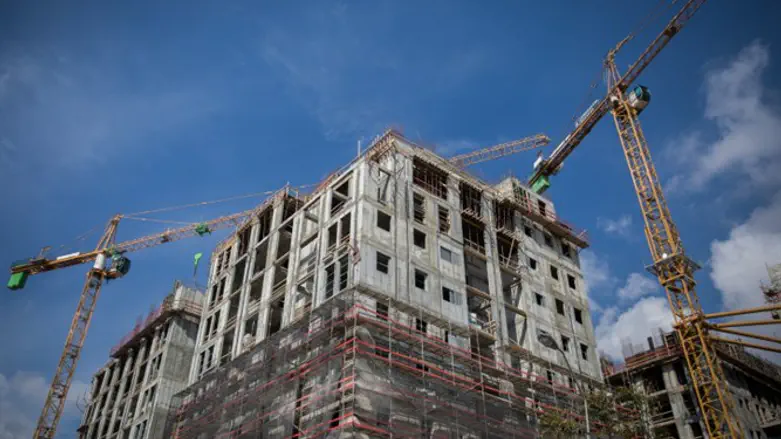
There is no doubt that some sectors seem to move significantly slower than others when it comes to embracing new ways of doing things, changing and embracing new technology.
And while we associate Silicon Valley with a fast-moving environment where millions of dollars are being raised by groundbreaking companies every single day, there are also other industries that have been around for a very long time, and which could arguably benefit from accepting new types of technology a little faster. The construction industry is arguably one of those industries where things simply aren’t progressing at the speed that they should be, even though the world is full of new innovative ways of doing things.
We are filling our homes with all sorts of smart gadgets like Alexas and all sorts of other pieces of equipment that make our lives significantly more comfortable on every front. From machines that ensure that our favorite coffee brew is ready in the morning, to machines that will let us make very detailed voice commands simply by having us talk to them - the world is a wonderful place!
However, when it actually comes to the construction of the homes, the construction industry is moving at a vastly different pace, often hindered by red tape in government, various licenses and whatnot. It is still an industry that is dominated by you having to call a multitude of contractors and screen them, while reading everything that you are able to about them online, and perhaps even reaching out to previous customers to see the experiences that they have had in dealing with the contractors.
However, there are companies that are coming out there that are working on the downstream aspects of the entire construction industry. These are companies that provide the tools that assist in a lot of the construction processes like welding, plasma cutting, and other things. Such companies like Atlantic Aspiration have carved their little individual niches, trying to create transparency for the industry when choosing their tools, advising consumers on the right wires and amperages, and generally providing recommendations on the construction industry.
And while it is very easy for us to look around and realize that the footage that is being used for real estate purposes is being captured with drones, and some of the other gadgets that have made life both easier and safer than it used to be, the construction industry has still come a long way.
It has taken the labor of many hardworking people to get to where we are today, as well as a lot of brick, concrete and other building materials to establish the infrastructure that we rely on so heavily, which is why this article will only be able to take a small look at some of the aspects.
The industry of construction is by no means a new one, and the most fundamental idea of it has been around since the earliest stages of human life. At that time, there were none of the things that we associate with today’s construction industry, not even bricks. In fact, while there have been humans walking the earth for as many as 200,000 years, you have to fast forward to about 7,000 BC before it was even possible to find the use of bricks in construction.
For as long as there have been humans around, humans have had to live somewhere, and throughout the various stages of humanity, those constructions have inevitably become more and more sophisticated. The earliest instances of these constructions involve pit-houses and perhaps even grass shelters, as well as mud huts.
The earliest variations of what we may think of today as societies were proto-cities. These were gatherings of constructions serving as the living quarters. This was really the time when pastoral life was switched out and humans started acting in a societal sense in the way we know it today, all because of the developments in the construction industry.
There’s no denying that there are many construction processes that have been refined. While some construction has managed to stand the test of time, most of the ancient construction was simply not built in a proper manner.
The great pyramids built in Ancient Egypt are living proof of the development in the construction industry, built to provide permanent memories of those who were buried there.
Many things took place in the years after 1870 up until the beginning of WWI. Manufacturing processes developed and steel started becoming mass-produced. With ready access to this construction material, completely new buildings became available, like railroads and bridges. And while today’s buildings may tower those built at the time, the increased access to steel made a vast difference. The low-cost material that was used energetically in those times proved to stand the test of time and remains an important staple in today’s construction industry.